Select an Orthopaedic Specialty and Learn More
Use our specialty filter and search function to find information about specific orthopaedic conditions, treatments, anatomy, and more, quickly and easily.
GET THE HURT! APP FOR FREE INJURY ADVICE IN MINUTES
Shoreline Orthopaedics and the HURT! app have partnered to give you virtual access to a network of orthopaedic specialists, ready to offer guidance for injuries and ongoing bone or joint problems, 24/7/365.
Browse Specialties
-
- Hip
- Joint Disorders
- Joint Replacement & Revision
Anterior or Posterior Hip Replacement
Both the anterior and posterior approaches provide excellent relief of arthritic hip pain and stiffness, as well as providing durable service for up to 15-20 years. At Shoreline Orthopaedics, we know that one approach is not right for everyone. We are equally skilled and experienced in both anterior and posterior approaches to total hip replacement.
More Info -
- Minimally Invasive Surgery (Arthroscopy)
Arthroscopy (Minimally Invasive Surgery)
Arthroscopy is a minimally invasive surgical procedure used by orthopaedic surgeons to visualize, diagnose, and treat problems inside the joint. Because it requires only tiny incisions, arthroscopy can be performed without a major, invasive operation and many procedures can be done on an outpatient basis.
More Info -
- Fractures, Sprains & Strains
- Neck and Back (Spine)
- Sports Medicine
Cervical Fracture (Broken Neck)
A cervical fracture (broken neck) is a fracture or break that occurs in one of the seven cervical vertebrae. Following an acute neck injury, patients may experience shock and/or paralysis, as well as bruising or swelling at the back of the neck. Conscious patients may experience severe neck pain, but this is not necessarily the case.
More Info -
- Hand & Wrist
De Quervain’s Tendinitis
De Quervain’s tendinitis occurs when the tendons around the base of the thumb become irritated or swollen, causing the synovium around the tendon to swell and changing the shape of the compartment, which makes it difficult for the tendons to move properly.
More Info -
- Foot & Ankle
- Joint Disorders
- Podiatry
Hallux Rigidus (Stiff Big Toe)
Hallux rigidus usually develops in adults 30-60 and occurs most commonly at the base of the big toe, or MTP joint. When articular cartilage in the MTP joint is damaged by wear-and-tear or injury, the raw bone ends can rub together and a spur, or overgrowth, may develop on the top of the bone. Because the MTP joint must bend with each step, hallux rigidus can make walking painful and difficult.
More Info -
- Hip
- Joint Disorders
Hip Osteonecrosis
Osteonecrosis of the hip is a painful condition that develops when the blood supply to the femoral head is disrupted. Without adequate nourishment, the bone in the head of the femur dies and gradually collapses. This causes the articular cartilage covering the hip bones to also collapse, leading to disabling arthritis and destruction of the hip joint.
More Info -
- Foot & Ankle
- Podiatry
- Sports Medicine
Posterior Tibial Tendon Dysfunction
Posterior tibial tendon dysfunction is one of the most common problems of the foot and ankle. It occurs when the tendon becomes inflamed or torn, which impairs the tendon’s ability to provide stability and support for the arch of the foot, resulting in flatfoot.
More Info -
- Hip
- Neck and Back (Spine)
- Physical Medicine & Rehabilitation (PM&R)
Sciatica
Most common between 30 and 50 years of age, sciatica is a pain in your lower back or hip that radiates to the back of your thigh and into your leg. Often people think that the source of the pain is the buttock, hip or thigh and seek medical care for a “hip” problem only to learn that the source of the pain is the lower back.
More Info








